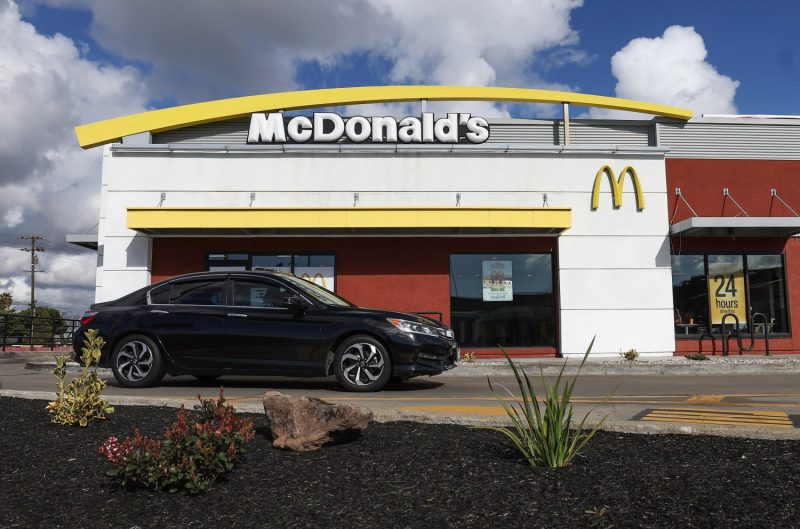In recent years, fast-food giant McDonald’s has been facing scrutiny over rising prices that are pushing some customers away. While the company has been a dominant player in the fast-food industry for decades, the increase in menu prices has sparked concerns among consumers and experts alike. Let’s delve into the reasons behind McDonald’s rising prices and how it is impacting the dining experience for some customers.
One of the main factors contributing to McDonald’s rising prices is the cost of ingredients. With fluctuations in the prices of items such as beef, chicken, and potatoes, the company has had to adjust its menu prices to maintain profitability. Rising labor costs and overhead expenses have also played a role in the price hike, as McDonald’s, like many other businesses, faces the challenge of balancing costs with revenue.
Another key issue that has led to rising prices at McDonald’s is the company’s focus on offering healthier menu options. In recent years, there has been a growing demand for healthier food choices, prompting McDonald’s to introduce salads, wraps, and other lighter fare. While these options can be more expensive to produce than traditional fast-food items, they have helped McDonald’s attract health-conscious consumers. However, the cost of sourcing and preparing these healthier ingredients has contributed to the overall increase in menu prices.
Additionally, McDonald’s has invested heavily in upgrading its restaurants and technology, with initiatives such as self-service kiosks, mobile ordering, and delivery services. While these innovations aim to enhance the customer experience and stay competitive in the market, they also come at a significant cost. The expenses associated with implementing and maintaining these technologies have added to the company’s overall operating costs, which in turn, have been reflected in the prices of its menu items.
The impact of McDonald’s rising prices on customers has been mixed. While some loyal patrons are willing to pay more for their favorite meals, others have been deterred by the higher prices and have sought out more affordable dining options. For budget-conscious consumers, the price increase at McDonald’s may make it less appealing compared to other fast-food chains that offer lower-priced alternatives. This shift in consumer behavior poses a challenge for McDonald’s as it navigates the delicate balance between profitability and customer satisfaction.
In response to the criticism surrounding its rising prices, McDonald’s has made efforts to offer value meals and promotions to cater to price-sensitive customers. The company has also emphasized the quality and freshness of its ingredients to justify the increase in prices. By communicating its commitment to providing high-quality food and a positive dining experience, McDonald’s aims to retain its customer base and attract new patrons despite the rising costs.
In conclusion, McDonald’s rising prices reflect the complex challenges facing the fast-food industry in an increasingly competitive market. While factors such as ingredient costs, labor expenses, and menu diversification have contributed to the price hike, McDonald’s is actively working to address customer concerns and maintain its position as a top fast-food chain. As the company continues to navigate the evolving landscape of the food industry, finding the right balance between affordability and quality will be crucial in sustaining its success in the long run.

